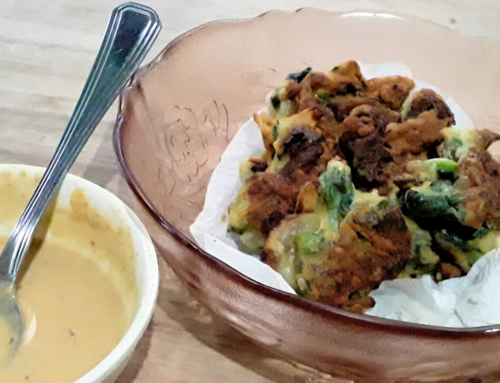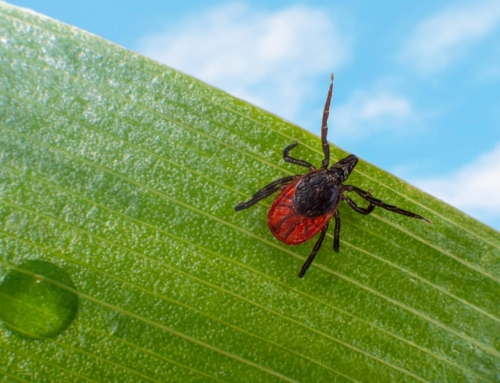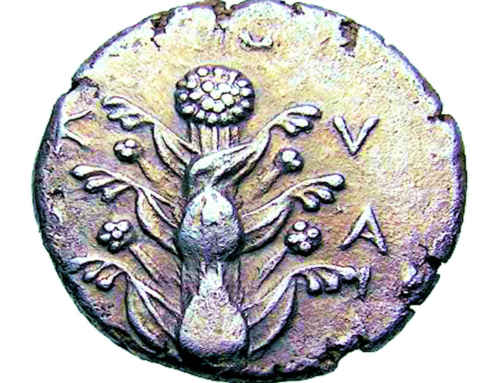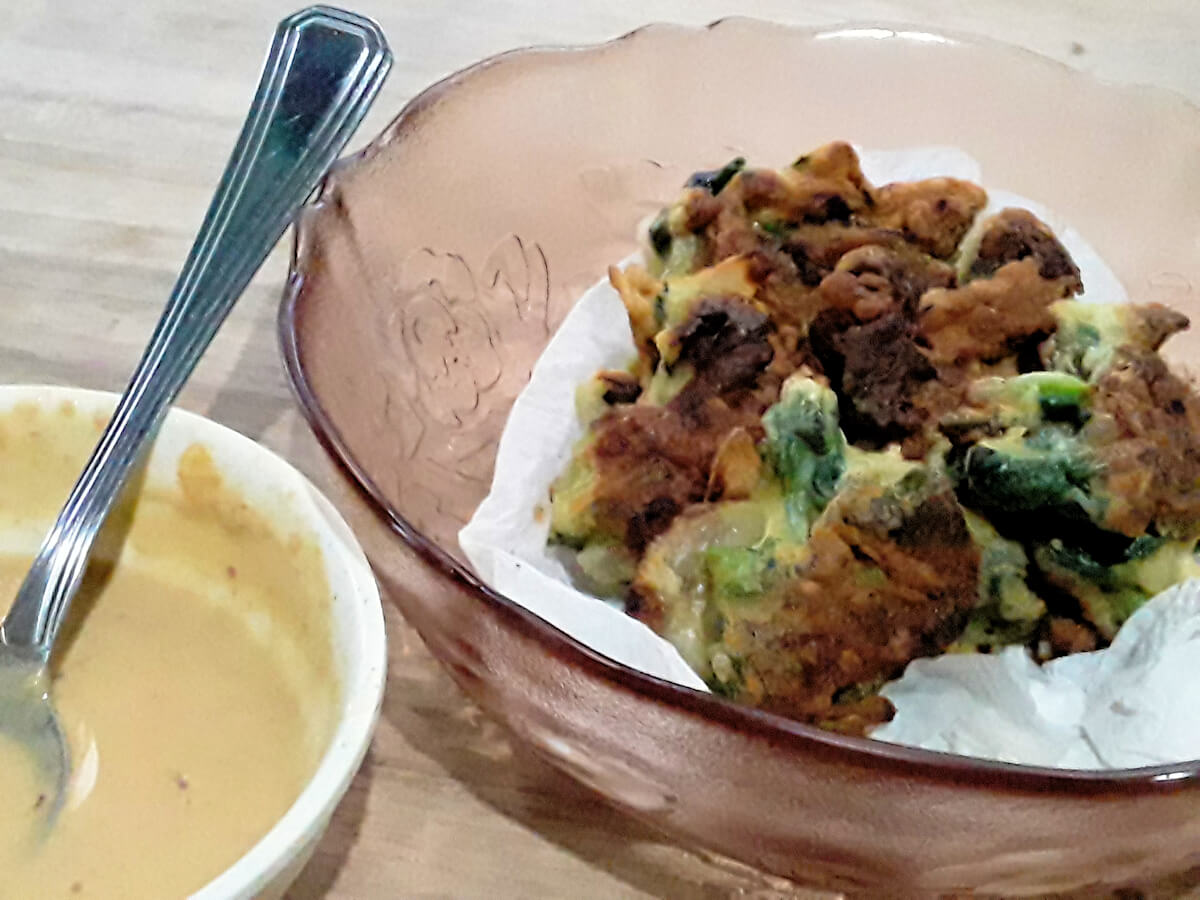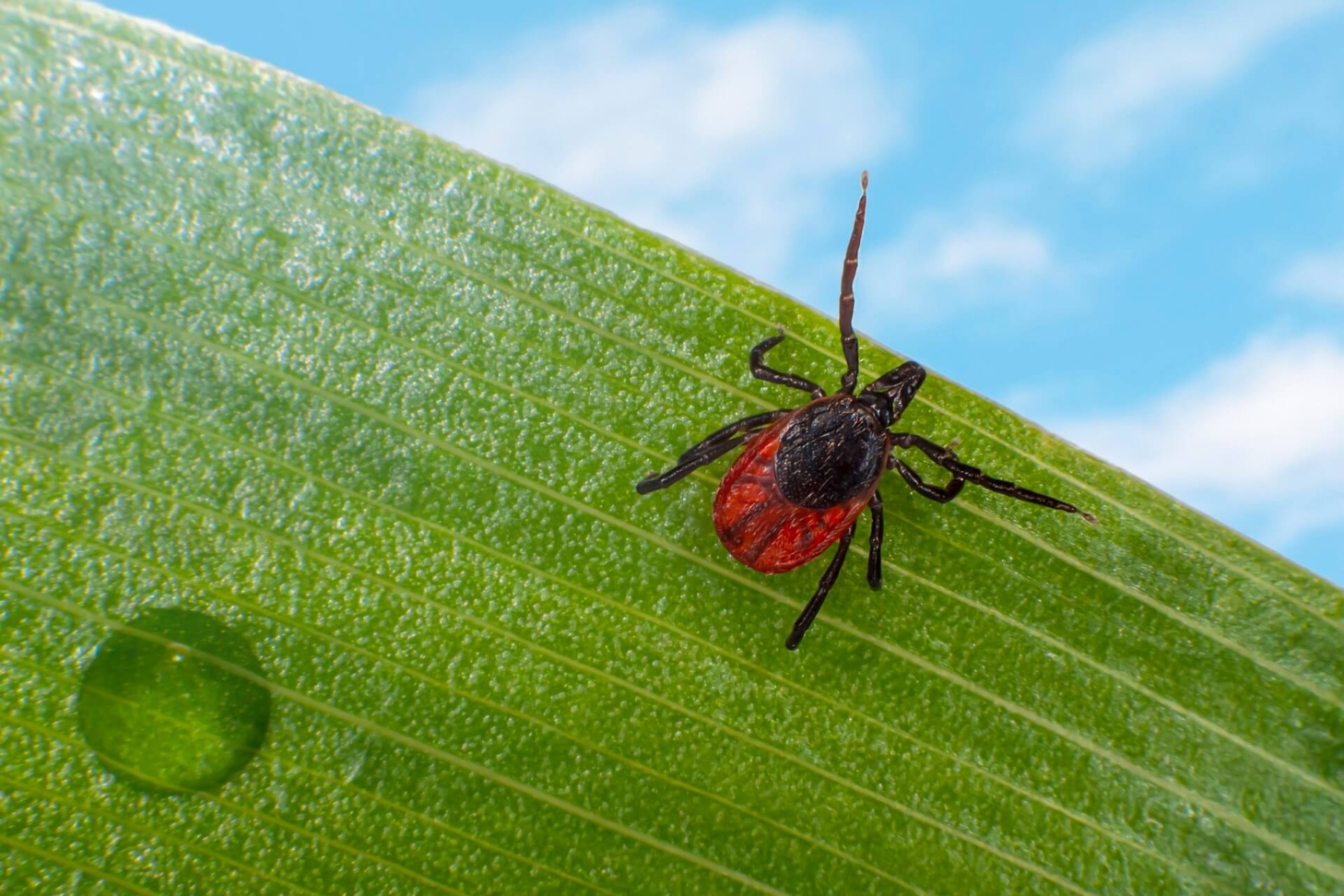Introduction to Herbal Medicine
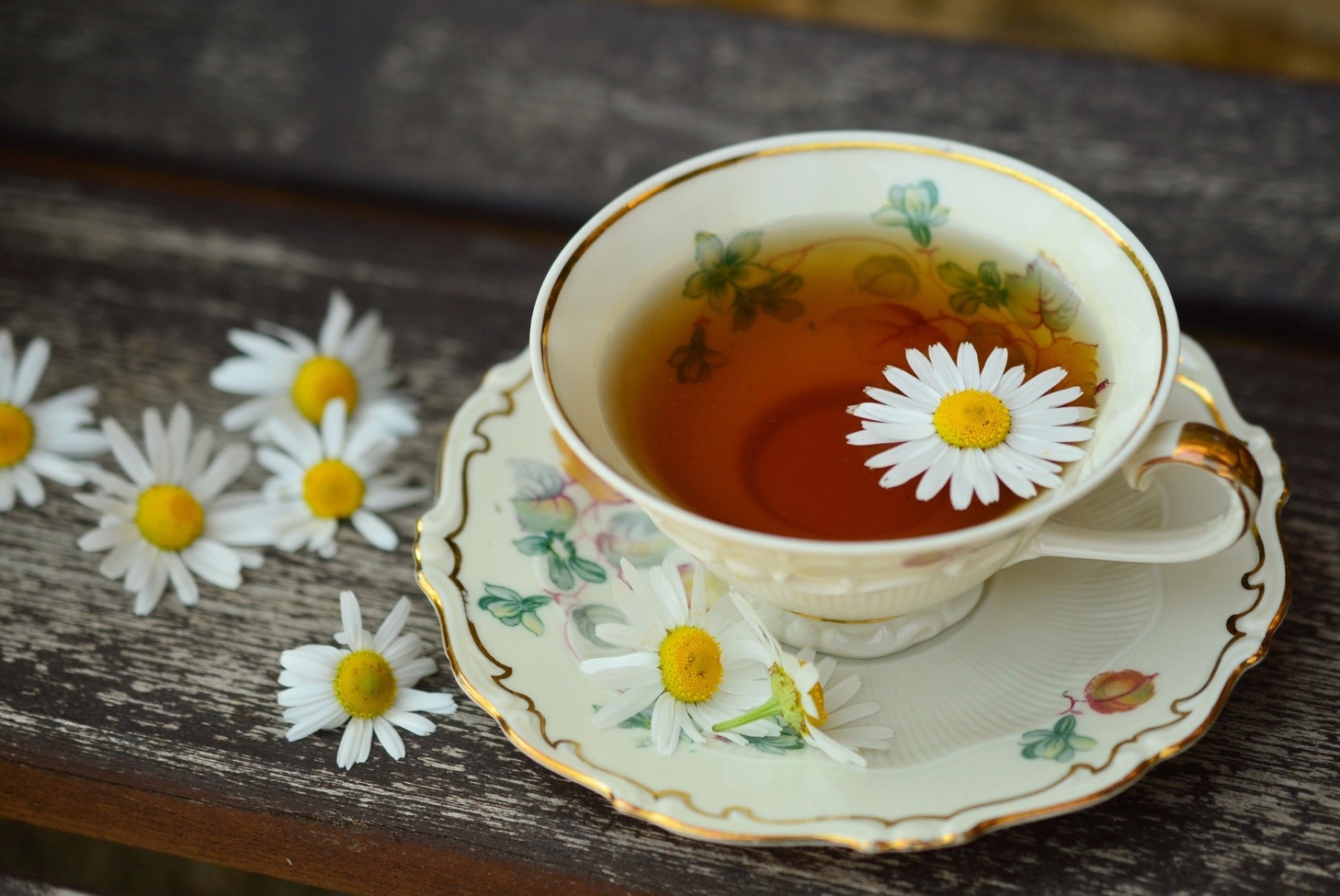
Herbal Medicine in Human History
As far as we know, humans have always used herbal medicine, just like other animals who use their instincts to find plants that will improve their health. Some plants as so safe and effective that they are used commonly in this age of modern medicine. Chamomile is a perfect example, one of the first medicines found so far, with a whooping 50,000 years of use!
Chamomile is an example of a safe herb to use for most people. Like other medicinal plants which are already in your kitchen or supermarket, Chamomile is food-grade, and less likely to cause negative side effects. Many common non-medical ailments can be at least partially alleviated by common herbs and spices. Using herbs and spices that are easily accessible and non-toxic is recommended, unless a qualified doctor or herbalist has been consulted.
Modern phytochemistry can document how medicinal plants work. Phytochemicals are substances which plants produce for their own well-being. Their medicinal powers can also act on our bodies. Some phytochemicals are isolated by scientists to make pharmaceutical medicines. One example is salicylic acid, the main ingredient of aspirin, which was first found in the Willow tree.
The phytochemicals might be concentrated in a certain part of the plant. To make essential oils for example, we use the petals if it’s roses, the bark if it’s cinnamon and leaves if it’s mint. It is important to know which plant parts to use, what time of year they should be harvested, and how they should be prepared.

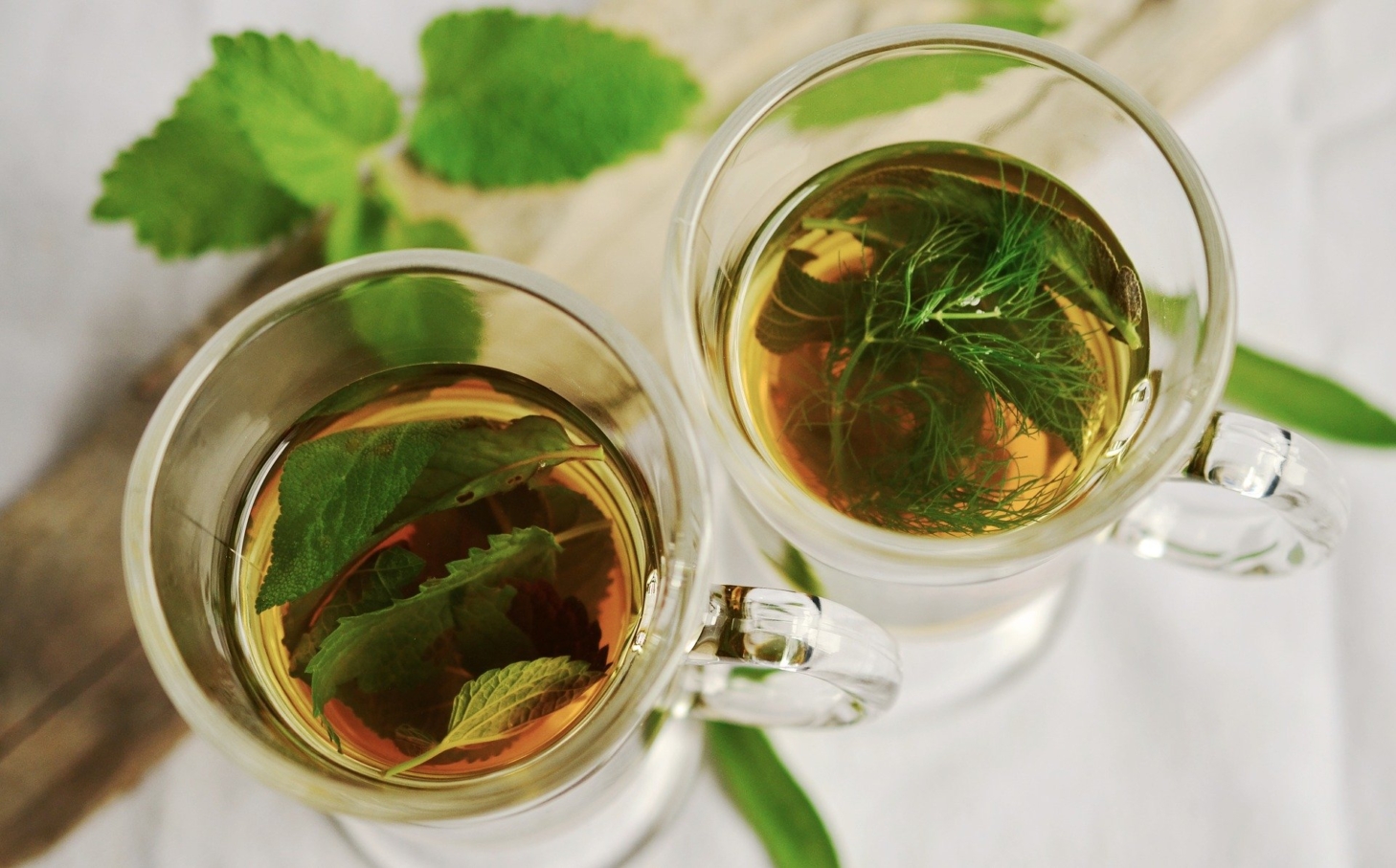
Medicinal plants will often be useful in more than one way, depending on their qualities, or actions. Bitter plants such as celery or nettles may stimulate the digestive system and immune system. Plants which get slimy, such as flax or mallows, soothe the digestive system, respiratory system and the skin. Pungent plants such as garlic and ginger, are often used to tone the circulatory system, or to stimulate the immune and digestive systems.
When choosing herbs and spices to use as medicine, find out as much as you can about them. Learn about their different actions, how they might interact with medication, what time of day to use them and how often. It is also good to use plants which you can grow yourself or that are easily available. It is best to avoid plants which are endangered, such as white sage or palo santo, and instead find a plentiful substitute. If you are pregnant, on medications or receiving treatment from a doctor, do not use medicinal plants without consulting a doctor or qualified professional first.

